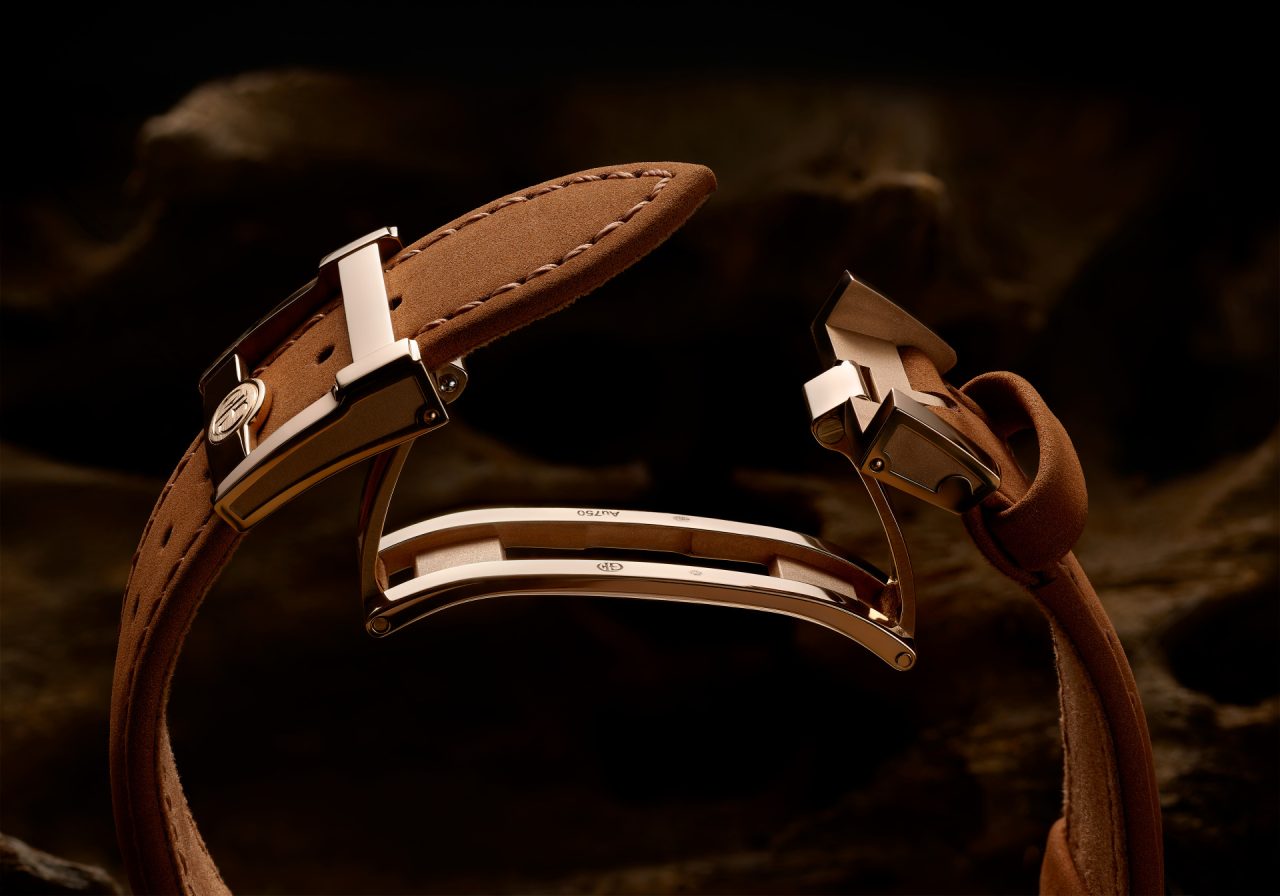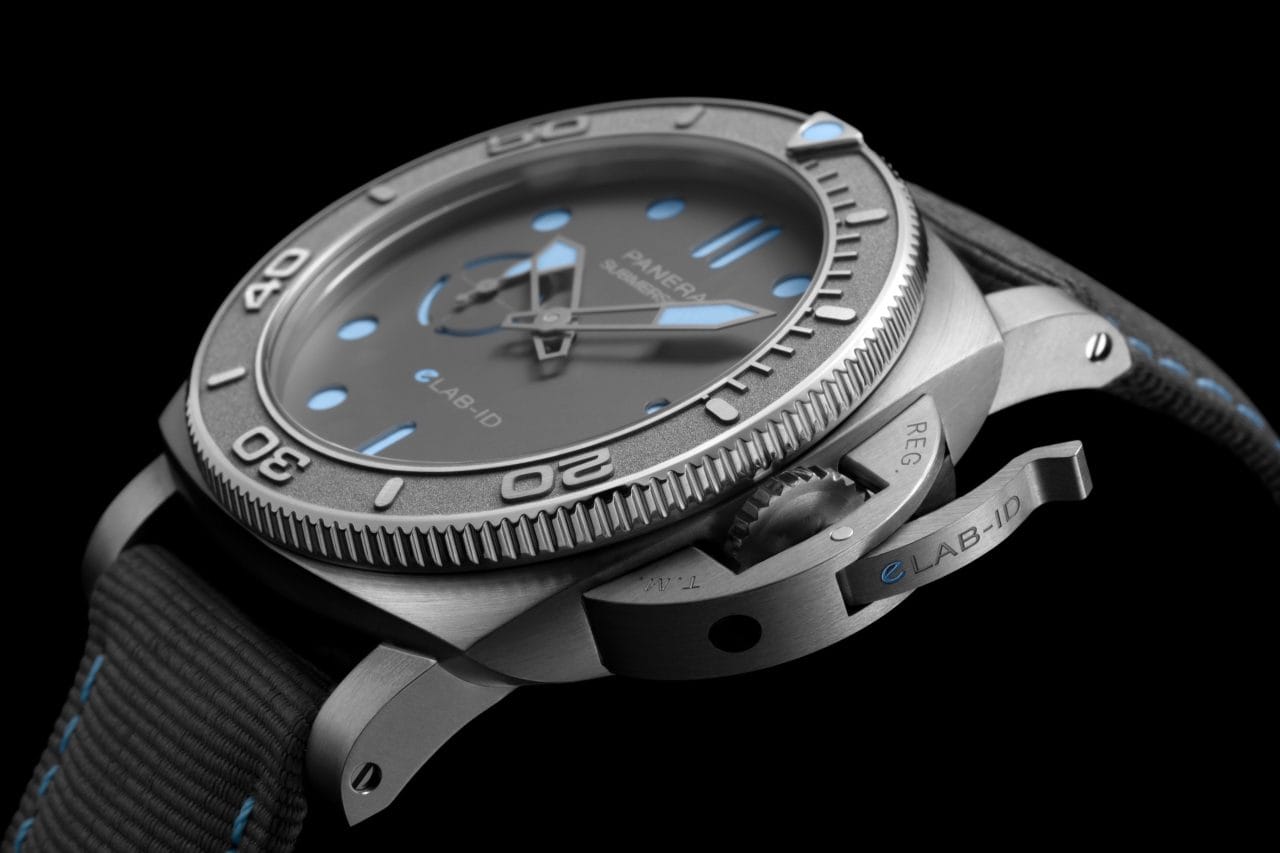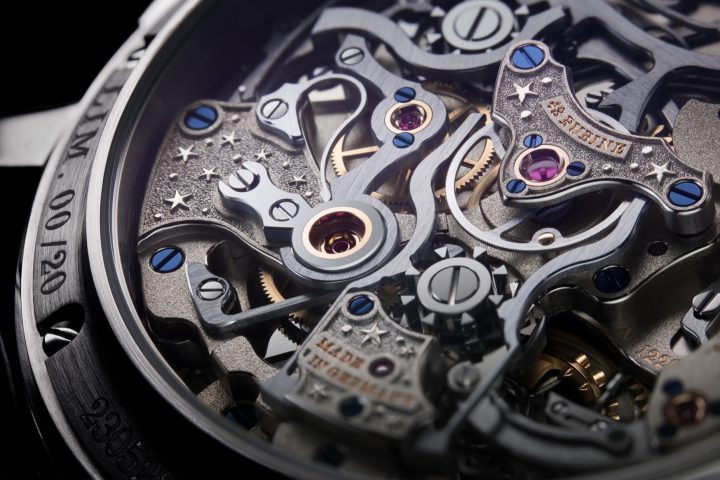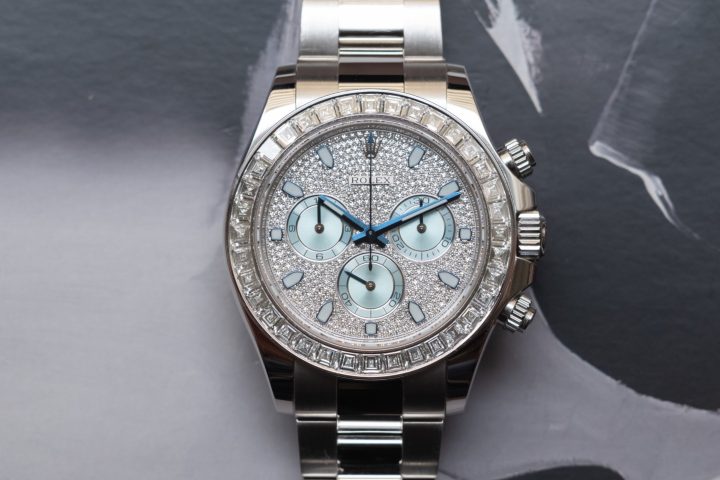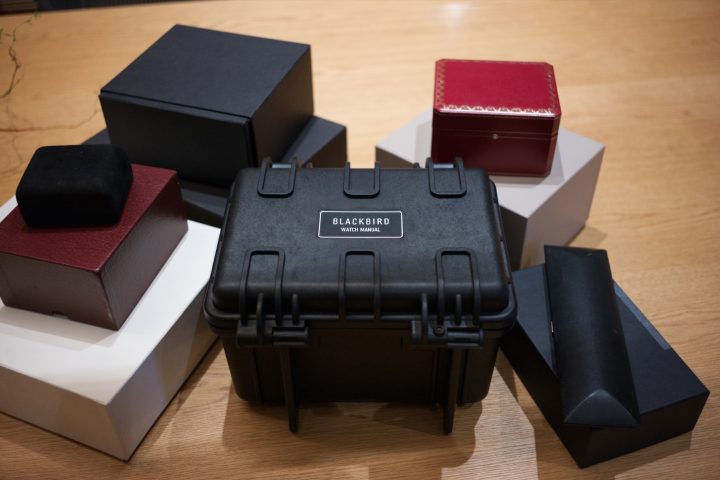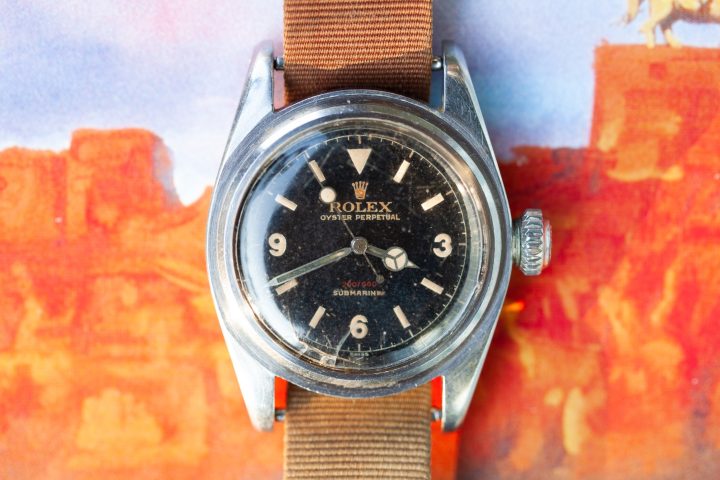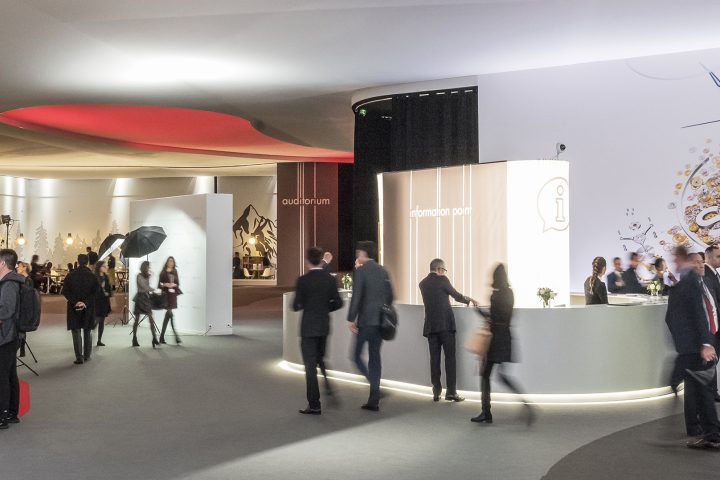Sustainability has become a focal point under the increasing global awareness of climate change in various industries, and watchmaking is certainly no exception. Much of this discussion has revolved around how the luxury sector can adapt its offerings and business practices to consumers that are increasingly keen to see some action taken, especially when considering the younger clientele; this has to go well beyond “basic” carbon neutrality, or offsets, that can be considered a cost rather than a genuine action. We are seeing though more brands that are, indeed, taking concrete steps, such as Breitling with their upcycled plastic watch boxes, which not only address sustainability in materials but also the impact of shipping the usually large and lavish presentation boxes that most luxury timepieces come with. Cartier has also taken another approach with the Tank Must Solarbeat, partially powered by a photovoltaic cell, and equipped with a plant-based strap. Admittedly, arising environmentally concerns within a lavishly decorated boutique is not so much of an elegant idea, and accessories per se might not be as truly impactful yet, but we can envision these small steps could potentially become significant if we consider that more brands across the Swiss watch industry can take action.
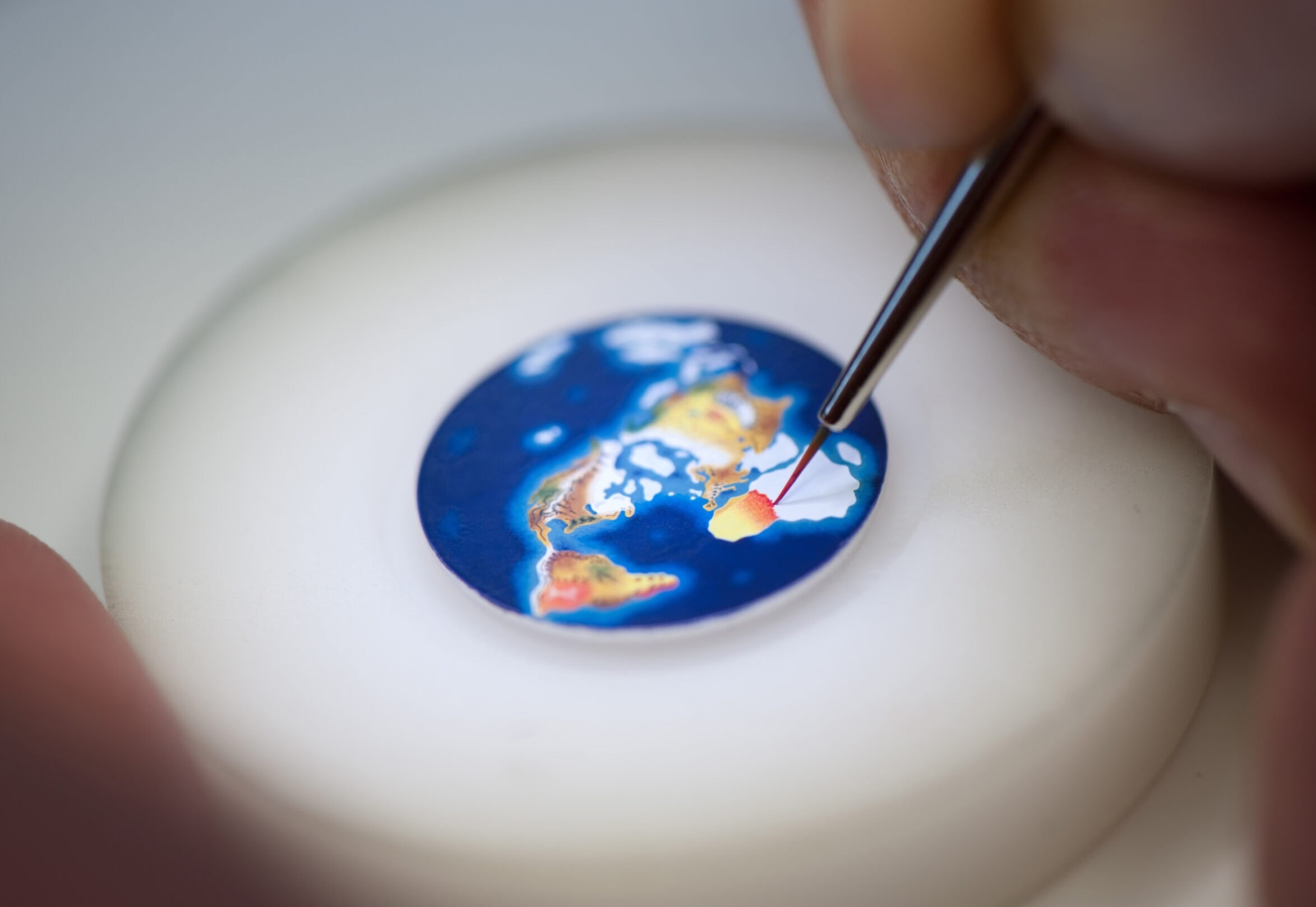
To explore more on what sustainability truly means within this multi-billion dollar industry, we can perhaps look into the manufacturing side of watches, specifically on brands or luxury groups that operate manufacturing factories of a greater scale. For the naturally larger amount of watches they manufacture, the relative resources of energy and raw materials are higher, and so is the carbon footprint, nevertheless, to simply purchase offset is merely a future-proof solution in light of the gradual growth and expansion of the facilities and the business itself. It is obvious that the leading luxury groups such as Richemont are noticing and implementing changes accordingly to seek better sustainability, in particular, sourcing gold through recyclable channels for a much lower impact on land disturbance from mining and transporting. From exploiting existing jewellery and manufacturing scraps, to recovering gold from discarded electronics and circuit boards, luxury brands are seeking many options to contribute to true sustainability.
Certainly, recycling gold makes a lot of sense considering it is one of the most commonly used materials in the watchmaking industry, but the concurrent trend of consumers is also a decisive factor to propel manufacturers into looking at the possibility of recycling other materials. At least from a business perspective, it is only justifiable to the provider if the market is digesting enough material such as the rise of stainless steel sports watches, with a unit volume that is not only commercially appealing but also sufficient enough to tangibly mitigate the environmental impact that is otherwise caused through primary production. It is also worth noting that even with today’s global initiatives in pursuing better sustainability, recycled materials are still more costly to produce, though we can anticipate in the near future, the upcoming trend of opting for recycled materials among brands could mean better efficiency and lead to lower costs.
During last year’s Watches and Wonders, the Panerai Submersible eLab-ID was perhaps the most eminent debut to demonstrate just how many different materials used to manufacture a watch can be recycled. Despite being a concept watch limited to 30 pieces, Panerai openly credited the external suppliers they worked with to achieve the impressive 98.6% of recycled material used, down to the luminescent coating for the hands and dial. On a less extreme side, Panerai also came up with the Luminor Marina e-steel which used recycled stainless steel on the dial and case. While some may argue about the cost effectiveness or whether or not this watch actually produces a higher carbon footprint, there is no doubt that Panerai delivered the affirmative message that sustainability is feasible in luxury watchmaking.
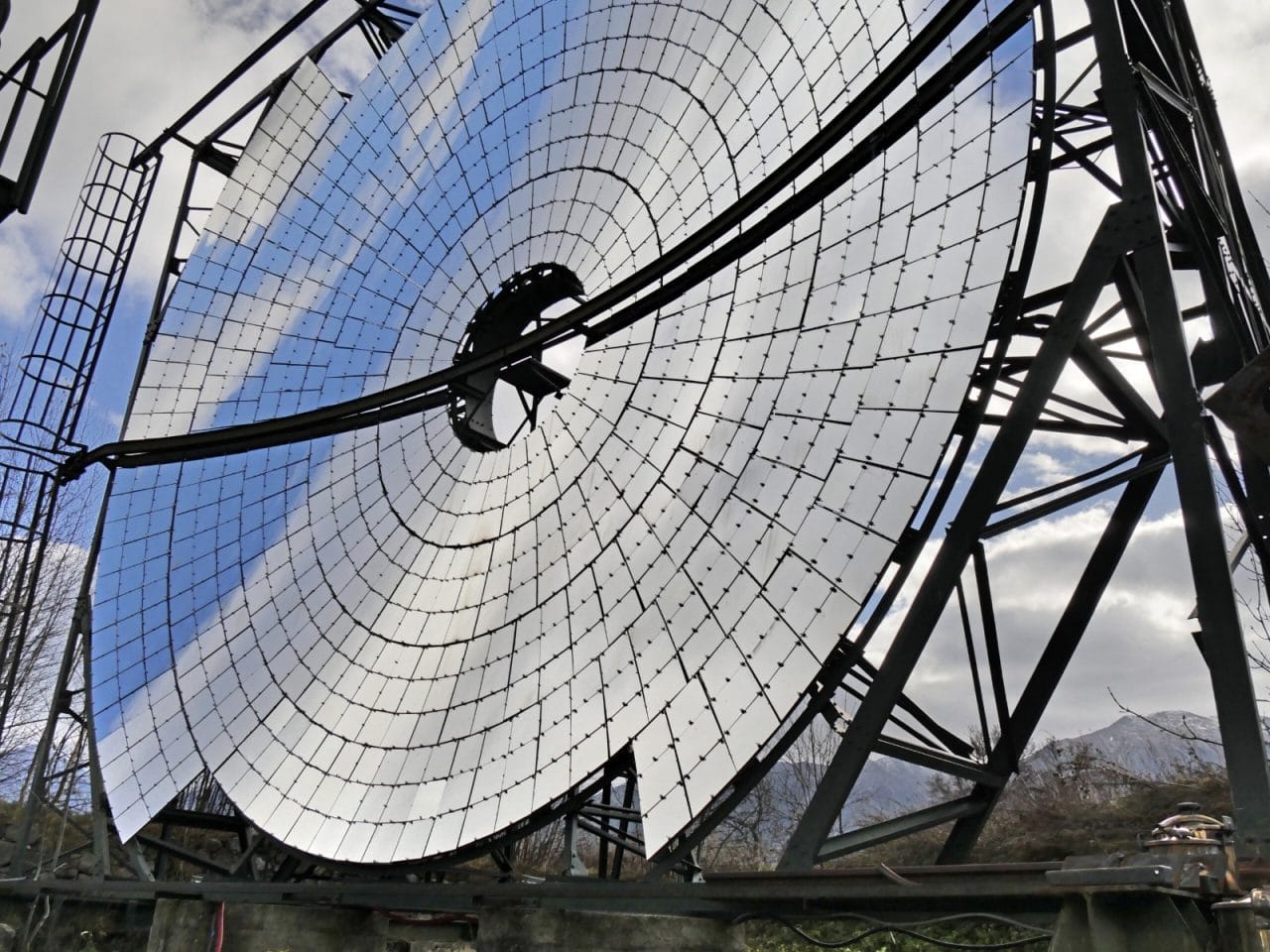
The Panatere itinerant solar furnace is being tested in various locations to find the best site for optimal efficiency. ©Panatere
Amidst the watchmaking market continuing to expand in recent years, companies such as Panatere S.A. are gaining recognition and interest for their innovative solutions in providing high quality recycled stainless steel and titanium. They strategically located themselves in the Swiss Jura mountains in Saignelégier, sitting in the perfect location to recover the production waste among manufacturing facilities in the region. Not only does it sound convenient, but it effectively shortens the logistics part that contributes significantly to carbon emissions, especially so when the quantity reaches hundreds of tons per year. What makes it even more environmentally sound is their plan in harnessing renewable energy to facilitate their production, for which the company has been testing their itinerant solar furnace that they anticipate operating in the coming years.
As for energy consumption per se, it is a worthy topic to explore in other segments down the infrastructure of the watchmaking supply chain, whether it is material sourcing, manufacturing, or the retail-end, all could very much improve on their consumption as renewable energy matures. Other than a cleaner source of energy, the efficiency of machinery or architecture is also something that makes a difference in the long run. Just as how computer processors are increasingly more powerful while consuming less energy, better designed structures optimise the use of natural lighting, and opt for thermally efficient glass that lowers the load on the HVAC system. These are just some examples of the numerous details that can be addressed to improve sustainability.
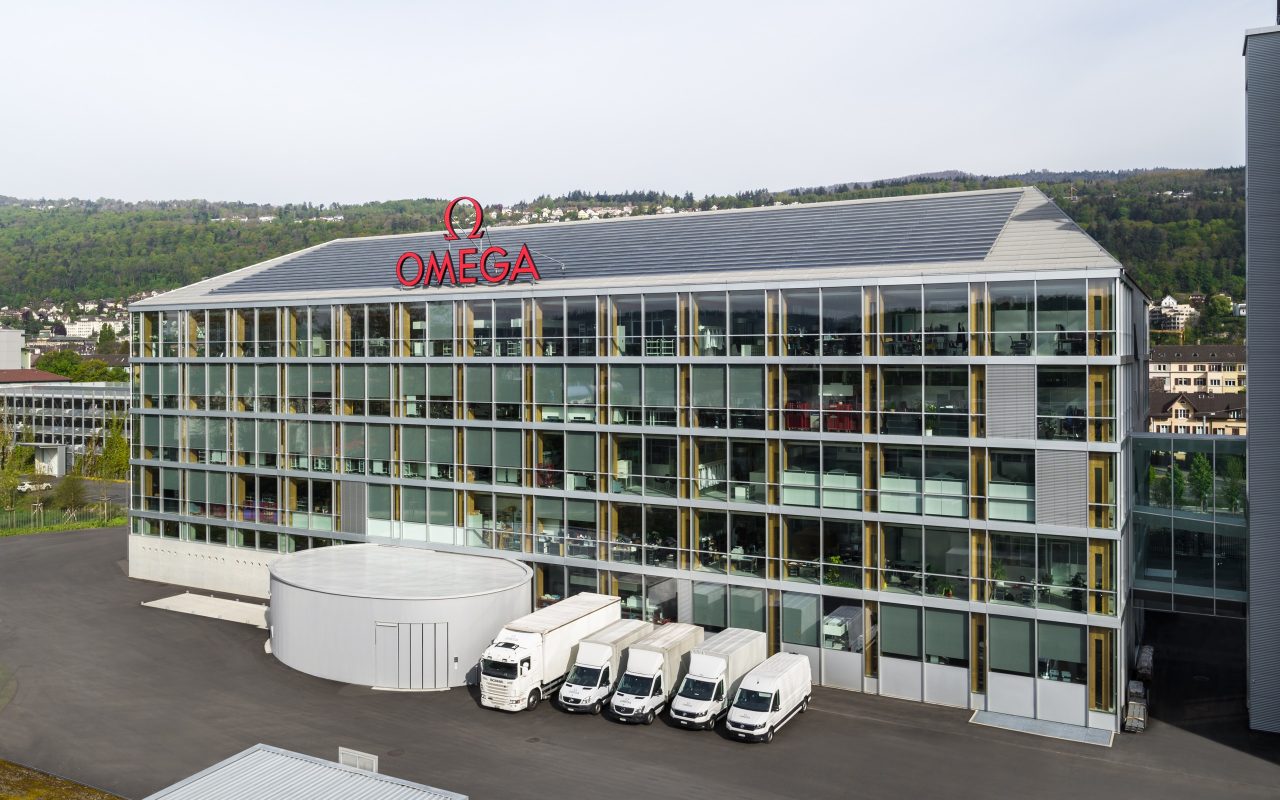
Omega utilising solar energy and highly efficient solar shading in their facility. These external shading blinds are controlled by the sun, depending on which direction the window is facing. ©Omega
Today, all Cartier facilities are to be certified by LEED (Leadership in Energy and Environmental Design) or BREEAM (Building Research Establishment’s Environmental Assessment Method) by 2025, including their manufacturing sites, headquarters and boutiques, a laudable goal as there are still few companies (across all industries) that give as much importance to corporate social responsibility (CSR) as to their ultimate bottom line, bearing in mind that CSR is a significant cost. Propelling the industry forward with a more holistic approach is laudable, and we would certainly commend those companies that are taking a leadership role in providing significant momentum towards true sustainability. It is not a trivial task, for it is not an easy selling point either; the term “recycled” has, in the past, come with a slightly negative connotation, powered by a culture that preferred newness and innovation to reusability and sustainability. However, the momentum is building, and we hope that there will be more interesting and practicable solutions that will be developed towards true sustainability in the watch industry. In the meantime, could more brands please do something about those unnecessarily large presentation boxes?
